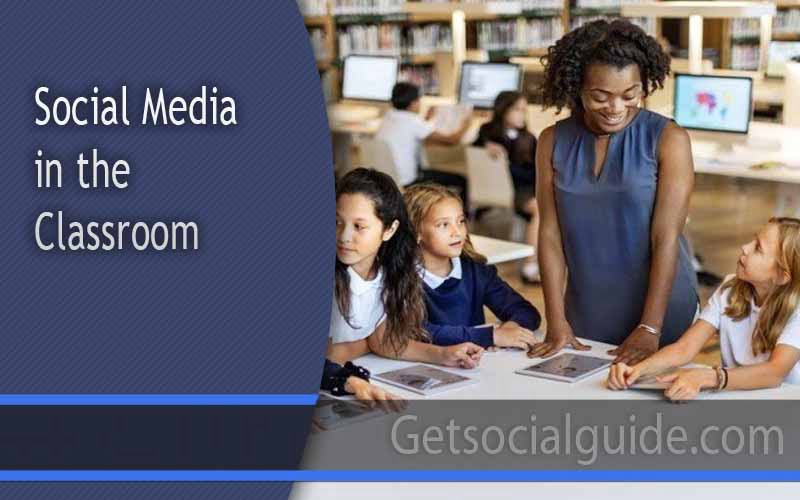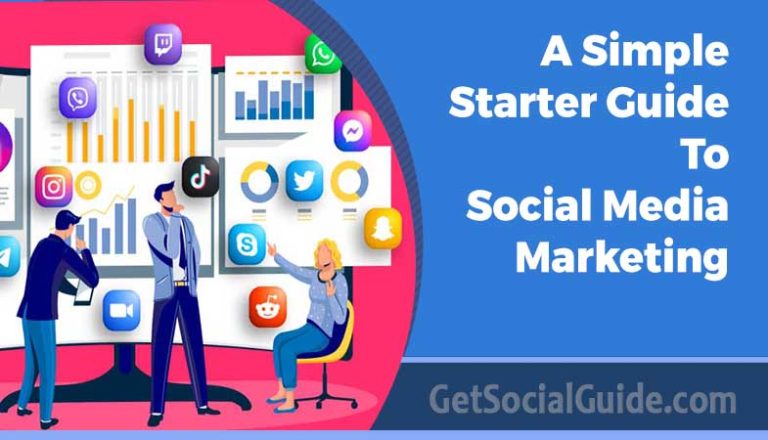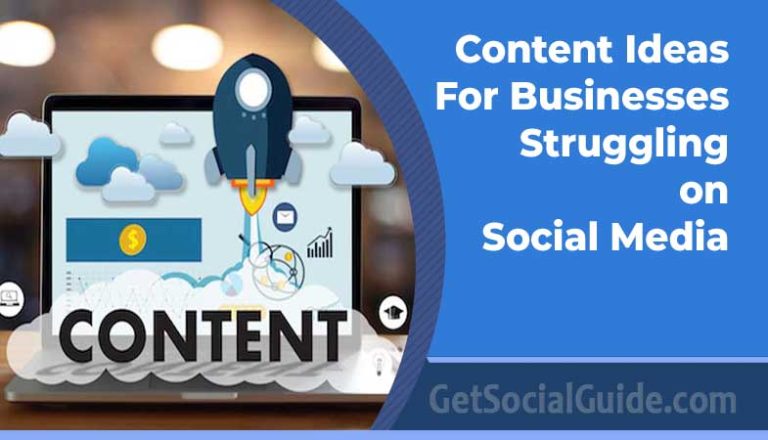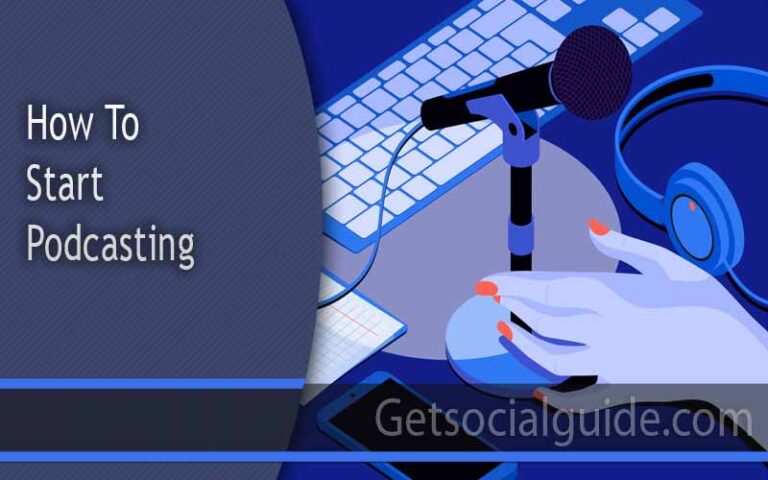Social media has transformed the world. In today’s world, the importance of social media cannot be understated, as it has fundamentally transformed various aspects of human life, including communication, business, activism, and entertainment. Here are some key reasons why social media is crucial today for Education Skills.
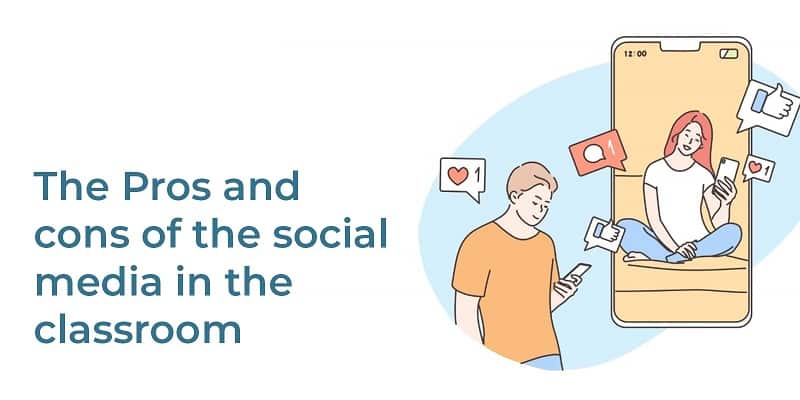
First and foremost, social media has revolutionized communication. Platforms like Facebook, Twitter, Instagram, and WhatsApp have connected people from all corners of the globe, enabling instant communication and breaking down geographical barriers. Whether keeping in touch with friends and family, networking with professionals, or forming new connections, social media has provided a constant and effortless communication platform.
Furthermore, social media plays a pivotal role in the dissemination of information. It has become a primary news source and update for most people. With the ability to instantly share news articles, videos, and personal opinions, social media has empowered individuals to participate in public discourse and express their perspectives. It has also given rise to citizen journalism, allowing users to report on events and share their experiences in real time, often providing valuable insights that traditional media may miss. Movements like #MeToo, Black Lives Matter, and Fridays for Future have gained significant momentum through social media platforms, amplifying their messages and connecting individuals who share common goals.

1. Enhanced Communication: Social media platforms provide convenient and efficient communication between teachers and students. It allows for real-time interaction, enabling students to ask questions, seek clarification, and engage in discussions outside of the classroom. This accessibility fosters a supportive learning environment and strengthens the teacher-student relationship.
2. Collaboration and Group Work: Social media facilitates student collaboration and group work. Platforms like Facebook Groups or Google Classroom allow students to form virtual study groups, share resources, and collaborate on projects. This encourages teamwork, fosters community, and enhances problem-solving and critical-thinking skills.
3. Access to Information and Resources: Social media provides a wealth of information and resources that can supplement traditional classroom materials. Teachers can share articles, videos, and other relevant content on platforms like Twitter or LinkedIn, allowing students to access and engage with current and diverse perspectives. This exposure to a wide range of information promotes independent thinking and broadens students’ knowledge base.
4. Global Connections: Social media breaks down geographical barriers, allowing students to connect and collaborate with peers worldwide. Platforms like Skype or Twitter enable virtual exchanges and interactions, allowing students to learn about different cultures, gain global perspectives, and develop cross-cultural communication skills. These connections can lead to meaningful collaborations and expand students’ horizons.
5. Authentic Learning Experiences: Social media provides a platform for students to engage in authentic learning experiences. Using platforms like YouTube or Instagram, students can create and share their own content, whether videos, blog posts, or presentations. This hands-on approach fosters creativity, digital literacy, and communication skills while promoting student agency and ownership of their learning.
6. Engaging and Personalized Learning: Social media platforms offer various multimedia features, such as images, videos, and interactive posts, making the learning process more engaging and personalized. Teachers can leverage these tools to create interactive quizzes, polls, or discussions that cater to different learning styles and preferences. This personalized approach promotes active participation, increases motivation, and facilitates a deeper understanding of the subject matter.
7. Professional Development Opportunities: Social media provides teachers access to a vast network of educators and professional communities. Platforms like Twitter or LinkedIn offer spaces where educators can connect, share ideas, and engage in discussions. This enables continuous professional development, as teachers can learn from others, stay updated with the latest educational trends, and exchange best practices. Teachers can use social media to enhance their pedagogical skills and bring innovative teaching strategies into their classrooms.
8. Parent-Teacher Communication: Social media offers a convenient channel for communication between parents and teachers. Platforms like Facebook enable teachers to share updates, assignments, and important announcements with parents. This enhances parental involvement in their child’s education, promotes transparency, and strengthens the home-school connection.
9. Digital Citizenship and Online Safety Education: Integrating social media into the classroom allows students to be educated about responsible digital citizenship and online safety. Teachers can guide discussions on appropriate online behaviour, privacy settings, and critical evaluation of online information given by TribeTopper. Students learn to navigate the digital world safely and responsibly by engaging with social media in an educational context.
10. Real-World Connections: Social media allows students to connect their classroom with the real world.
The use of social media in the classroom has become increasingly popular in recent years. While it can offer certain benefits, it is important to consider the potential drawbacks and limitations.
1. Distraction: One of the most significant drawbacks of social media in the classroom is the potential for distraction. Social media platforms are designed to capture and retain attention, making it difficult for students to focus on academic tasks. Notifications, messages, and the constant urge to check updates can divert students’ attention from the intended learning activities.
2. Reduced face-to-face interaction: Social media platforms primarily facilitate online communication, which can decrease face-to-face interaction among students. This lack of direct personal interaction can hinder the development of vital communication skills, such as non-verbal cues, active listening, and conflict resolution. Students may also become more isolated and less engaged in collaborative learning activities.
3. Cyberbullying and negative comments: Social media users are often subjected to negative comments and cyberbullying. Students may use social media to target and harass their peers, leading to emotional distress and potential harm. The anonymity and distance provided by online platforms can amplify such behaviour, creating a hostile learning environment that affects students’ well-being and academic performance.
4. Privacy concerns: Social media platforms often collect and store large amounts of personal data, raising concerns about privacy and data security. When students engage with social media in the classroom, there is a risk that their personal information could be compromised or used in ways they did not anticipate. This can lead to privacy breaches, identity theft and potentially harm students’ online reputations.
5. Inequality and exclusion: Not all students may have equal access to social media platforms or reliable internet connections. Introducing social media into the classroom could exacerbate existing inequalities, as students without access or limited connectivity may feel excluded or left behind. This can further widen the digital divide and hinder equal educational opportunities for all students.
6. Misinformation and lack of critical thinking: Social media platforms are known for spreading misinformation and fake news rapidly. When used in the classroom, there is a risk that students may encounter misleading or inaccurate information without the necessary critical thinking skills to evaluate its credibility. This can hinder the development of information literacy and the ability to discern reliable sources from unreliable ones.
7. Time management issues: Social media can be highly addictive, leading to time management issues for students. It is easy for students to get lost in the endless scrolling and engagement with social media content, resulting in reduced time and attention devoted to academic tasks. This can negatively impact students’ productivity, time management skills, and academic performance.
8. Shallow engagement and reduced deep learning: Social media platforms are designed for quick consumption and immediate gratification. However, deep learning and critical thinking often require time, effort, and sustained focus. The fragmented nature of social media interactions may promote superficial engagement with educational content, reducing the opportunity for deep learning and meaningful knowledge acquisition.
9. Blurring boundaries between personal and educational life: Incorporating social media into the classroom can blur the boundaries between students and educational lives. This can make it challenging for students to maintain a healthy work-life balance and differentiate between academic responsibilities and leisure activities. It may also raise concerns about the appropriate use of social media platforms within the educational context.
10. Potential for addiction and mental health issues: Excessive use of social media has been associated with addiction and mental health problems, such as anxiety, depression, and low self-esteem. Integrating social media into the classroom environment could increase students’ exposure to these risks, especially if they are already prone to addictive behaviours or mental health challenges.
As we navigate the digital age, harnessing the potential of social media while mitigating its challenges is essential for creating a positive and inclusive online environment.
Social media has also found its way into the education sector, with many educators and students embracing its use in the classroom. While there are concerns and potential drawbacks associated with social media, several advantages make it a valuable tool for enhancing the learning experience.
